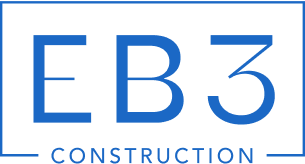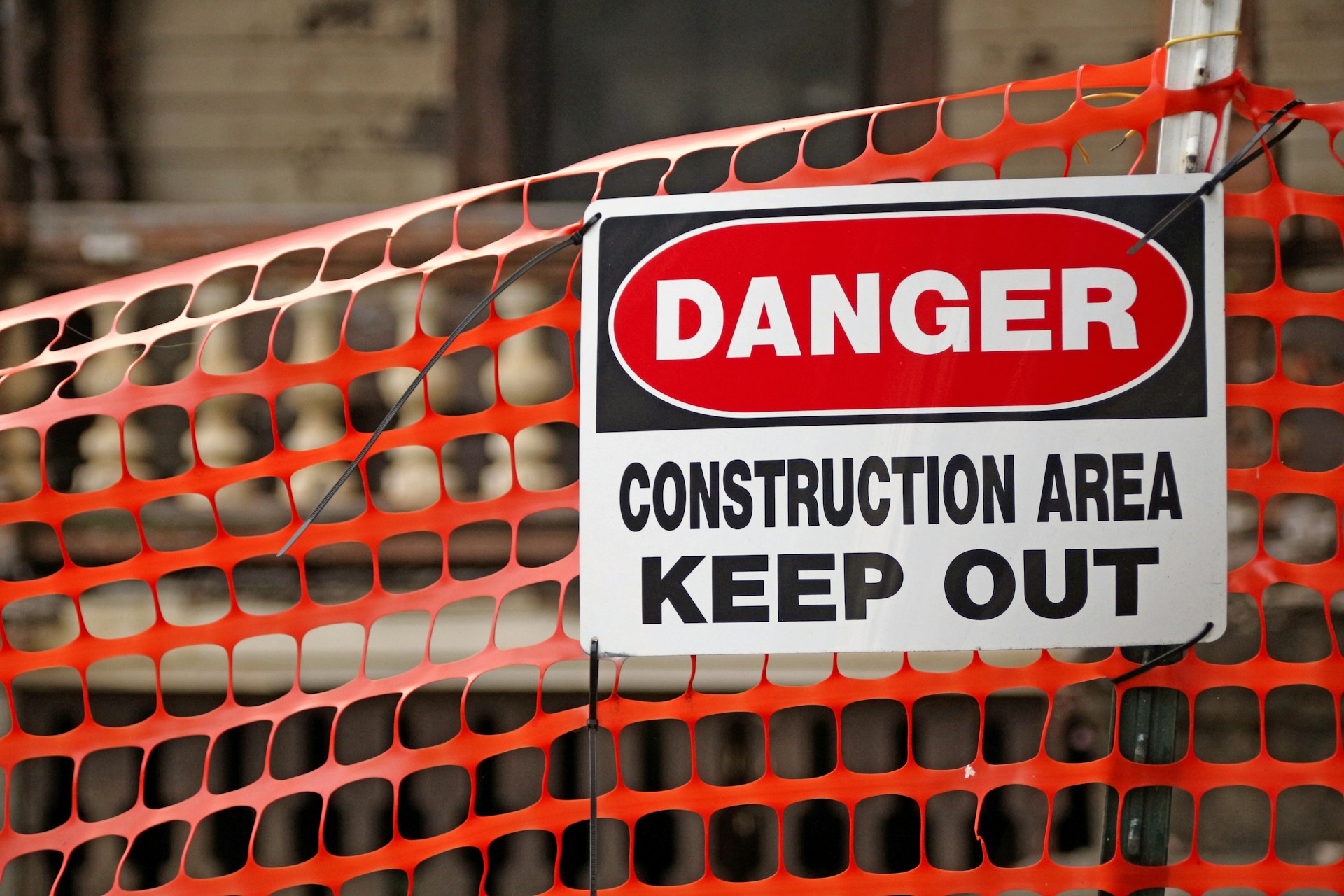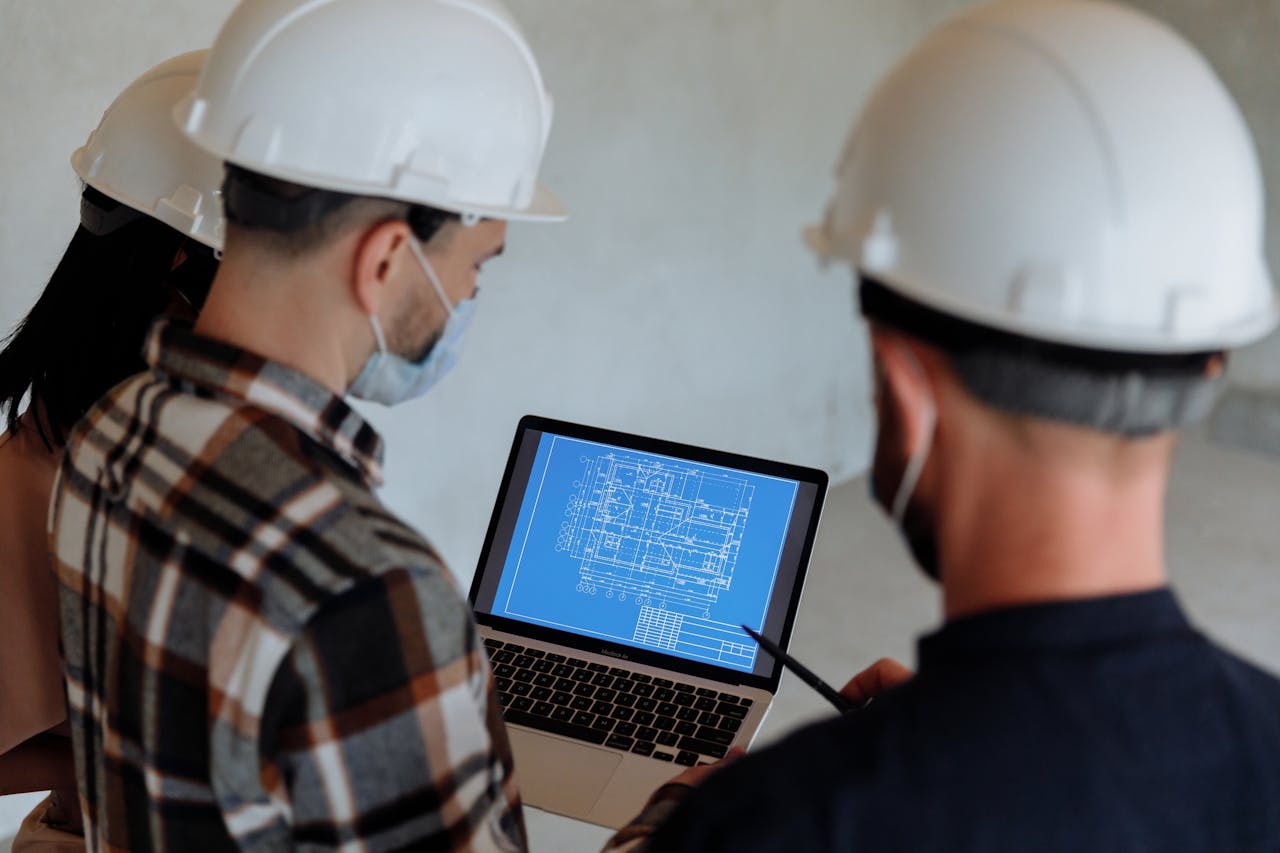Standing in an empty commercial shell, with concrete floors stretching to bare walls, you might find it challenging to envision how this blank canvas will become the functional headquarters for your business operations. This transformation from raw space to an operational environment isn’t magic—it’s tenant finishing, and it’s how we bring your commercial vision to life.
Tenant finishing, also known as tenant finish-out or tenant improvement (TI), represents the critical transition between leasing a commercial space and opening your doors for business. We execute this process to customize bare commercial shells into environments that precisely reflect your brand identity and operational requirements. This isn’t simply about aesthetics—it’s about creating a space that meets your specific needs, from workflow optimization to code compliance.
For developers and property owners, the importance of proper tenant finishing extends far beyond cosmetic appeal. In the competitive commercial real estate market, the ability to deliver flexible, customizable spaces can be the difference between a vacant building and a profitable investment. When we approach these projects, we understand that each square foot must serve both form and function—balancing immediate occupant needs with long-term property value enhancement.
What Does a Tenant Finish Project Include?
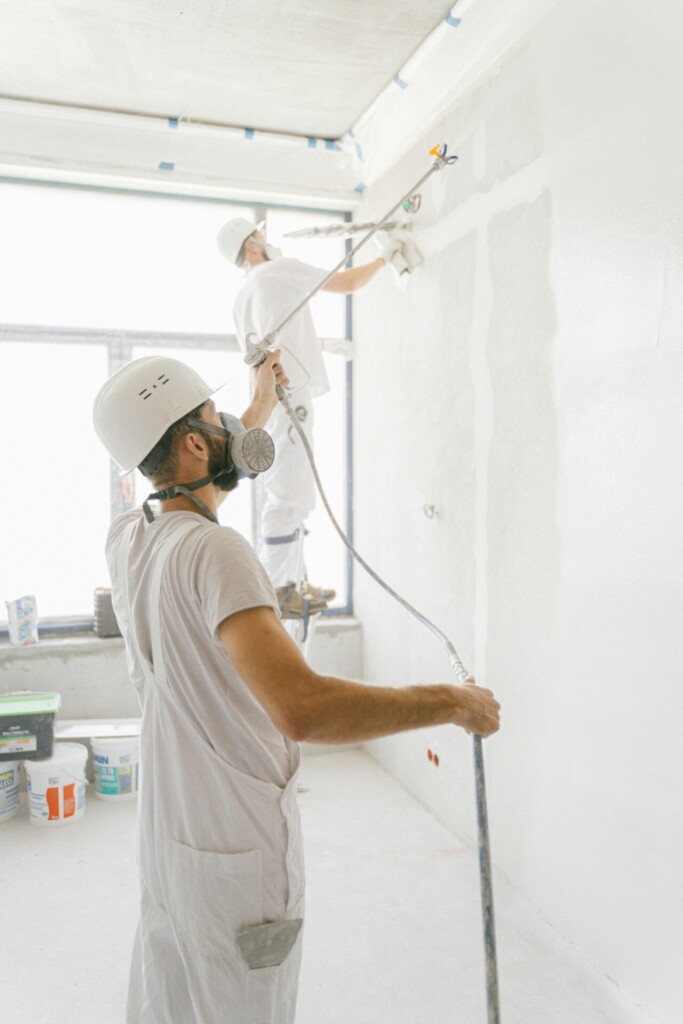
Tenant finish projects are essential for transforming commercial spaces. At EB3 Construction, we undertake comprehensive renovations to turn generic commercial shells into functional, branded environments tailored to our clients’ specific operational needs. The scope of these projects varies widely but always focuses on creating spaces that meet business needs and regulatory requirements.
Core Structural Modifications
Most tenant finish projects begin with structural changes. We often reconfigure spaces by demolishing existing walls and constructing new ones to create optimized layouts. These are strategic changes that directly impact workflow, customer experience, and staff productivity. For retail clients, this might mean creating distinctive zones for different product categories, while office spaces typically require private offices, collaborative areas, and reception spaces.
Beyond basic wall configurations, structural modifications often include reinforcing floors for equipment loads, installing specialized entry systems, and addressing building code requirements—especially in older structures where modernization needs can be substantial. The recent trend toward more flexible workspaces has also influenced our approach, with modular solutions becoming increasingly popular.
Building Systems Integration
One of the most complex aspects of tenant finish projects involves coordinating and upgrading essential building systems. These components ensure the space not only looks right but functions properly for years to come:
- Electrical Systems: We assess existing electrical capacity and typically upgrade power distribution, add circuits for specialized equipment, install proper lighting layouts, and integrate data/communications infrastructure. For tech companies or manufacturing clients, this often means significant electrical reconfigurations.
- HVAC Customization: We modify or replace heating, ventilation, and air conditioning systems to ensure proper temperature control and air quality throughout the space. This might involve zoning systems for different areas, upgrading to more efficient equipment, or adding specialized ventilation for specific uses.
- Plumbing Modifications: From adding restrooms and break rooms to installing specialized fixtures for restaurants or healthcare facilities, plumbing work forms a substantial portion of many tenant finish projects.
Integrating these systems requires careful coordination. During a recent medical office project, we had to sequence the installation of sophisticated diagnostic equipment with specialized electrical and HVAC requirements, highlighting how these systems must work together seamlessly.
Interior Finishes and Design Elements
The visible elements of a tenant finish project transform the space from functional to distinctive. These finishing touches include:
- Floor Coverings: Installing appropriate flooring solutions based on traffic patterns, acoustics, and aesthetic requirements—ranging from luxury vinyl tile in high-traffic areas to carpet in quieter zones.
- Wall Treatments: From basic drywall finishing and painting to specialized coverings like acoustic panels or branded wall graphics.
- Ceiling Systems: Installing suspended ceilings, decorative elements, or leaving mechanical systems exposed depending on the desired aesthetic.
- Built-in Elements: Custom millwork, reception desks, display fixtures, and cabinetry that reflect the client’s brand and functional requirements.
- Lighting Design: Implementing appropriate lighting schemes that enhance both the functionality and atmosphere of the space.
Interior finishes aren’t merely decorative—they’re strategic business decisions. For example, we recently completed a restaurant tenant finish where specialized flooring in the kitchen area met health department requirements while custom wall finishes in the dining area created the specific ambiance the client needed to attract their target demographic.
Specialized Industry Requirements
Different industries have unique requirements that we incorporate into tenant finish projects:
For restaurants, our tenant finish work includes specialized ventilation systems, grease traps, and health department-approved surfaces. Retail environments require strategic fixture placements, security systems, and customer flow considerations. Healthcare facilities demand specific materials that meet infection control standards, lead-lined walls for imaging equipment, and precise air handling systems.
Office environments now frequently require integration of smart building technology, flexible work arrangements, and collaboration spaces. Manufacturing and industrial spaces need reinforced floors, loading dock modifications, and specialized utility connections.
Code Compliance and Accessibility
A critical component in every tenant finish project is ensuring the space meets all applicable building codes and accessibility requirements. This includes:
- Fire safety systems and proper emergency egress
- ADA-compliant restrooms, doorways, and navigation paths
- Appropriate signage and wayfinding elements
- Energy code compliance for lighting and HVAC systems
- Permitting and inspections throughout the construction process
Navigating these requirements can be challenging, particularly when converting spaces to different uses or working within historic structures. Our team’s deep understanding of local building codes saves clients from costly redesigns or construction delays that can impact business operations.
Through careful planning, skilled coordination of trades, and attention to detail, we transform empty commercial shells into functional, branded environments that serve our clients’ business needs while meeting all regulatory requirements. Each tenant finish project represents a unique opportunity to create a space that perfectly balances functionality, aesthetics, and compliance.
What is the Tenant Finish Process?

The tenant finish process is a critical phase in commercial construction. As general contractors, we approach this multi-stage journey with meticulous attention to detail, ensuring the transformation from an empty shell to a functional space meets our clients’ exact specifications and timeline requirements. The process unfolds through four distinct phases, each building upon the last to create a seamless transition from concept to occupancy.
Planning and Design Phase
We begin every tenant finish project with comprehensive planning and design—the foundation of project success. Our team works directly with developers and property owners to fully understand operational requirements, brand aesthetics, and functional needs. This collaborative approach ensures the space not only looks right but works effectively for its intended purpose.
During this initial stage, we translate your vision into actionable construction documents. These technical drawings and specifications serve as our roadmap, detailing materials, quality standards, and scope of work. The level of detail in these documents directly impacts construction efficiency, which is why we invest significant time perfecting them before moving forward.
Clear communication is essential during this phase. Establishing expectations early about design elements, construction timelines, and budget parameters prevents misunderstandings later. Our experienced project managers facilitate these discussions, ensuring all stakeholders remain aligned throughout the planning process.
Budgeting and Permitting Phase
Once designs are finalized, we focus on securing necessary financial resources and navigating regulatory requirements. For property owners, understanding tenant finish allowances becomes critical—these predetermined amounts contribute toward improvement costs and must be clearly defined to avoid surprise expenses.
The permit process often presents significant challenges in commercial construction. Local building codes, safety regulations, and zoning requirements must all be satisfied before physical work can begin. We leverage our relationships with local authorities to streamline this process, minimizing delays while ensuring complete compliance.
Our estimating team develops detailed budgets that account for all aspects of the project, including contingencies for unforeseen conditions. This approach helps manage expectations and prevents scope creep as the project advances. With permits secured and budgets approved, we prepare for the physical transformation of the space.
Construction and Execution Phase
The construction phase is where planning translates into reality. We coordinate multiple trades—from electricians and plumbers to drywall installers and finish carpenters—in a carefully orchestrated sequence. Effective project management becomes essential as we monitor progress, maintain quality standards, and address any field conditions that arise.
Regular site meetings and progress reports keep all stakeholders informed throughout construction. These touchpoints allow for quick decision-making when necessary and ensure the project remains on schedule. Our superintendents maintain constant site presence, overseeing daily operations and quality control measures.
Throughout construction, we implement comprehensive quality control protocols. Inspections at various stages help identify and resolve potential issues early, preventing costly rework later. This proactive approach to quality management has proven particularly valuable in tenant finish projects, where tight timelines leave little room for errors.
Close-Out and Operation Phase
As construction nears completion, our focus shifts to project close-out and handover. The final walk-through represents a critical milestone, where we conduct a thorough inspection alongside property owners and tenants to identify any punch list items requiring attention. These typically involve minor adjustments or finishing details that need addressing before occupancy.
We meticulously document system operations and compile maintenance information for building management teams. This comprehensive handover package includes warranty documentation, as-built drawings, and operational manuals for installed equipment. Proper documentation ensures the space can be efficiently maintained long after our construction team has departed.
Even after project completion, we provide ongoing support to address any warranty work or assist with training maintenance personnel on new systems. This continued relationship demonstrates our commitment to client satisfaction beyond project delivery. The best tenant finish projects establish foundations for long-term partnerships between contractors, property owners, and tenants.
How Do Tenant Finish Allowances Work?

Tenant finish allowances are a vital part of commercial lease agreements, essentially serving as a negotiated sum provided by landlords to help tenants transform raw or previously occupied space to meet their specific business needs. These allowances, sometimes called TI (tenant improvement) allowances, function like a structured financial partnership between property owners and tenants.
When entering a commercial lease, the landlord agrees to contribute a specific dollar amount—typically calculated per square foot—toward the construction and customization of the space. This arrangement benefits both parties: landlords can attract qualified tenants to their properties, while tenants receive financial support for necessary modifications without bearing the entire upfront cost themselves.
The Financial Mechanics
The tenant improvement allowance usually works as an amortized payment integrated into the lease structure. Instead of receiving the entire allowance upfront, tenants often find this amount divided over the lease term and repaid through their monthly rent payments, generally with an interest rate between 7-10% attached. This means a space renting for $15 per square foot might effectively cost $25 per square foot once a $10 per square foot improvement allowance is factored in.
These financial arrangements are coordinated carefully when managing TI projects, ensuring that disbursement schedules align with construction milestones and that documentation meets the landlord’s requirements for reimbursement. While landlords recover these costs over time, they also assume certain risks if tenants default on their lease obligations before the full term is completed.
The specific amount provided varies significantly based on several key factors: the lease duration (longer terms typically justify larger allowances), current market conditions, the building’s location and class, tenant creditworthiness, and the existing condition of the space. In competitive markets where landlords are eager to secure tenants, more generous allowances often become available.
What TI Allowances Typically Cover
When managing tenant improvement projects, we help clients understand that allowances typically cover construction-related hard costs such as:
- Wall construction and modification
- Flooring installation or replacement
- Ceiling and lighting updates
- HVAC modifications
- Electrical work and data cabling
- Plumbing installations
- Door and window replacements
- Paint and wall coverings
Many comprehensive allowances also extend to soft costs including architectural design fees, permitting, engineering services, and project management expenses. However, most landlords exclude furniture, fixtures, equipment, and specialized business machinery from these allowances, considering these removable items that don’t permanently enhance the property value.
The lease agreement should explicitly detail which expenses qualify for coverage under the allowance. Our project managers carefully review these provisions with clients to avoid misunderstandings that could lead to unexpected out-of-pocket expenses during construction.
Disbursement and Control Structures
The management and control of TI funds generally follow one of three structures, each offering different advantages and considerations:
In tenant-controlled arrangements, we work directly with the tenant who oversees the improvement project. The tenant selects contractors, manages the construction process, and submits documentation to the landlord for reimbursement after work is completed. This provides greater control over quality and customization but requires the tenant to front construction costs until reimbursement.
With landlord-controlled allowances, the property owner manages the improvement process, selecting contractors and overseeing construction while consulting with the tenant on design requirements. This approach typically simplifies the process for tenants but may limit their control over specific details and material selections.
Turnkey buildouts represent a third option where the landlord delivers a fully finished space based on agreed-upon specifications. While providing a hands-off approach for tenants, this method offers the least direct control over the construction process and may include cost contingencies that benefit the landlord.
Negotiation Strategies and Considerations
When assisting clients in TI allowance negotiations, we emphasize several key strategies to maximize value. First, tenants should thoroughly assess their specific improvement needs, developing detailed plans and cost estimates before negotiations begin. Understanding current market conditions provides crucial leverage—in tenant-favorable markets, larger allowances may be achievable.
Lease term length significantly impacts allowance amounts. A tenant willing to commit to a 7-10 year lease will typically receive a more substantial allowance than one seeking a 3-year term, as landlords have more time to recoup their investment. Presenting strong financial credentials demonstrating business stability helps secure more favorable terms.
For example, a tenant leasing 5,000 square feet might negotiate a $50 per square foot allowance on a 10-year lease in a competitive market, resulting in a $250,000 total improvement budget. However, if construction estimates exceed this amount, the tenant must be prepared to cover the difference or negotiate alternative arrangements such as increased rent or extended lease terms.
Managing Cost Overruns
One of the most challenging aspects of tenant improvement projects involves managing costs that exceed the negotiated allowance. We take a proactive approach to this issue, implementing several strategies to help clients avoid unexpected financial obligations.
Detailed planning and accurate budgeting before finalizing lease terms help establish realistic allowance requirements. Value engineering during the design process identifies cost-effective alternatives that maintain functionality and aesthetics while reducing expenses. Creating contingency budgets (typically 5-10% of the total project cost) provides a buffer against unforeseen conditions or changes.
When overruns appear unavoidable, we work with clients to explore supplemental funding options. These might include negotiating an increased allowance with the landlord (often amortized at a higher interest rate), securing additional tenant-funded improvements, or adjusting project scope to align with available funding.
Understanding tenant improvement allowances requires careful attention to lease terms, construction requirements, and financial implications. By strategically approaching these negotiations and managing the improvement process effectively, tenants can create customized spaces that support their business needs while maintaining budget discipline. For landlords, well-structured allowances represent an investment in property value and tenant relationships that pays dividends throughout the lease term.
What Key Considerations Should Guide Your Tenant Finish Project?
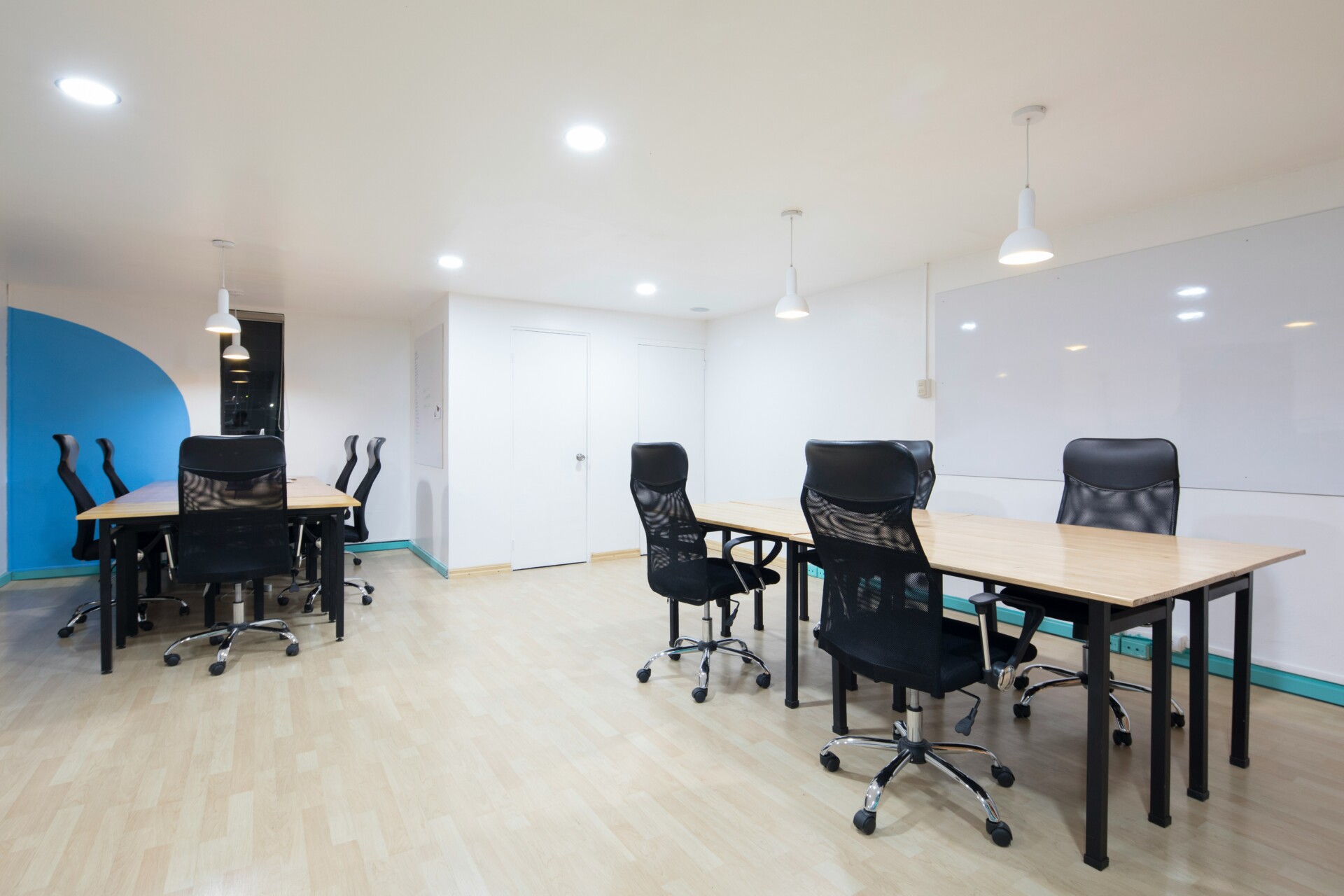
The success of your tenant finish project depends on several critical factors that require careful attention long before construction begins. As we coordinate commercial tenant improvement projects, we have found that addressing these key considerations early helps avoid costly setbacks and ensures timely completion—ultimately protecting both property value and tenant satisfaction.
Assembling the Right Professional Team
Your project team forms the foundation of your tenant finish success. We always emphasize the importance of vetting and selecting experienced professionals who understand the complexities of commercial construction. Many developers find that partnering with a full-service construction company provides the most streamlined experience, as it eliminates communication gaps between various contractors and consultants.
When we assemble project teams, we look for professionals with specific tenant finish experience rather than general construction backgrounds. The specialized nature of working within existing structures while maintaining building operations requires a distinct skill set that comes only with direct tenant improvement experience. This expertise becomes particularly valuable when retrofitting older buildings to accommodate modern mechanical systems or addressing unexpected structural issues mid-project.
Project managers with tenant finish specialization understand the critical sequencing of trades—how electrical work must coordinate with HVAC installations, or how ceiling grid systems interact with lighting plans. This orchestration of moving parts can make the difference between an on-time project and one that faces continual delays.
Navigating Building Codes and Compliance Requirements
Building code compliance represents one of the most challenging aspects of tenant finish projects. We work diligently to ensure all improvements meet current code requirements, which often involves navigating complex regulations that may have changed since the original structure was built. This can include ADA accessibility standards, fire safety codes, electrical requirements, and structural considerations.
Code compliance isn’t merely a box to check—it’s a fundamental requirement that protects both the property owner and tenant. Non-compliance can result in failed inspections, construction delays, costly rework, and in worst-case scenarios, fines or liability issues. We’ve witnessed projects grind to a halt when inspectors identify code violations that weren’t properly addressed in the planning phase.
Working with contractors who maintain strong relationships with local building officials can significantly streamline the permitting and inspection processes. These relationships don’t circumvent requirements but rather ensure clear understanding of what’s needed for approval before work begins.
Managing Timeline Expectations
Time management is a critical factor in tenant finish projects, particularly when business operations depend on completion dates. We develop detailed construction schedules that account for all phases of work, including potential supply chain delays for specialized materials or equipment. The reality of today’s construction environment means allowing for extended lead times on items like HVAC units, electrical panels, and custom millwork—sometimes 12-16 weeks compared to pre-pandemic timeframes.
Effective timeline management requires building contingency plans into your schedule. When we develop project timelines, we identify critical path items and potential bottlenecks while creating alternative approaches if delays occur. This might involve phasing occupancy to allow business operations to begin in completed areas while other sections are still under construction.
Weather considerations, especially for projects requiring exterior modifications or rooftop mechanical installations, must factor into realistic scheduling. The February freeze that hit Texas in 2021 demonstrated how weather events can create unexpected ripple effects throughout the construction industry, affecting material availability and delivery schedules nationwide.
Establishing Clear Communication Protocols
Perhaps the most underestimated factor in successful tenant finish projects is communication. We implement structured communication systems that ensure all stakeholders—from property owners and tenants to architects and subcontractors—remain informed throughout the project lifecycle. This includes regular progress meetings, documented decision points, and clear approval processes for any scope changes.
Poor communication frequently leads to misaligned expectations, scope creep, and ultimately, budget overruns. We’ve found that establishing a single point of contact for project decisions helps streamline the flow of information and prevents contradictory instructions from reaching the field team. This becomes especially important when tenants make design modifications mid-project, which requires immediate assessment of timeline and budget impacts.
Digital collaboration tools have revolutionized project communication, allowing real-time updates and document sharing across stakeholder groups. When properly implemented, these platforms create a complete record of project decisions and modifications, which proves invaluable for resolving any disputes that might arise during construction.
Developing Realistic Budgeting Strategies
Budget management requires both precision in initial estimating and flexibility to address unforeseen conditions. We develop detailed cost estimates that account for all aspects of the project, from demolition and construction to finish materials and fixtures. Accurate budgeting must include both hard costs (materials and labor) and soft costs (permits, design fees, and insurance).
Establishing a contingency fund is non-negotiable for tenant finish projects. We typically recommend 10-15% contingency for standard tenant improvements, with higher percentages for historic buildings or spaces with unknown conditions behind walls and above ceilings. This financial buffer allows for addressing unexpected structural issues, hazardous material remediation, or code compliance requirements that only become apparent once construction begins.
Cost tracking throughout the project ensures that budgets remain on target and that any potential overruns are identified early when corrective measures can still be implemented. Regular financial updates to stakeholders maintain transparency and prevent unwelcome surprises at project completion.
Planning for Business Continuity
For tenant finish projects in occupied spaces, minimizing disruption to ongoing operations requires specialized planning. We develop phasing strategies that allow businesses to maintain critical functions throughout construction. This might involve creating temporary pathways, installing dust barriers, or scheduling noisy work during off-hours.
The pandemic has heightened awareness of health and safety considerations during construction in occupied spaces. Enhanced ventilation, dust control, and maintaining clear separation between construction zones and occupied areas have become standard practices in our approach to tenant improvement projects.
Ultimately, the key to a successful tenant finish project lies in thorough planning, proactive problem-solving, and maintaining clear communication among all stakeholders. By addressing these critical considerations early in the project lifecycle, we help ensure that your tenant improvements are delivered on time, within budget, and to the quality standards you expect.
Conclusion: Creating Successful Commercial Spaces Through Tenant Finishing
Throughout every commercial tenant finish project, we’ve seen firsthand how thoughtful space transformation directly impacts daily operations and long-term business performance. When we coordinate these projects effectively, the resulting environments not only look impressive but also actively enhance your brand identity, elevate customer interactions, and boost employee productivity in measurable ways.
The construction landscape has shifted significantly since early 2023, with material costs stabilizing in some categories while supply chain improvements have reduced many of the delays that previously hampered project timelines. We’ve adapted our approach accordingly, implementing more flexible scheduling protocols and maintaining deeper supplier relationships to navigate these challenges for our clients. This practical understanding of current market conditions means we can deliver spaces that remain both functional and forward-looking.
While the technical aspects of tenant finishing—from code compliance to infrastructure upgrades—require professional expertise, the ultimate success of these projects lies in how well they translate your operational needs into physical reality. A proper tenant finish creates environments that naturally facilitate your daily workflows while incorporating the distinctive elements that make your business unique. When we handle this critical transition phase properly, your commercial space becomes more than just a location—it becomes a strategic business asset that contributes directly to your bottom line.
Ready to transform your commercial space into an environment that truly supports your business goals? Contact EB3 Construction to discuss your tenant finish needs.
